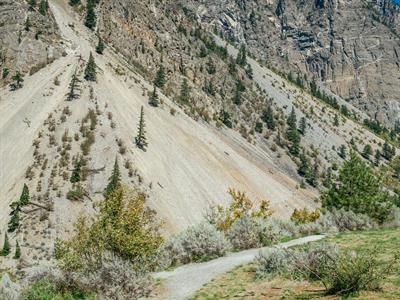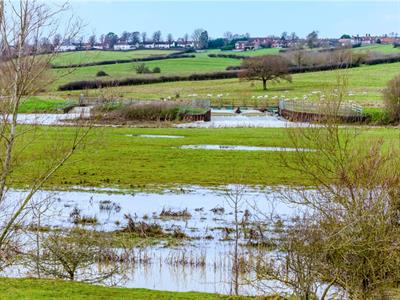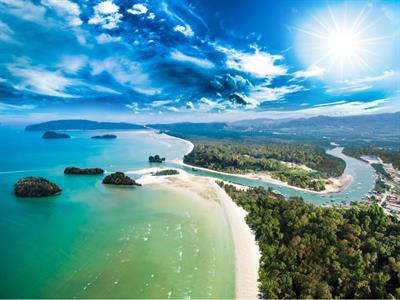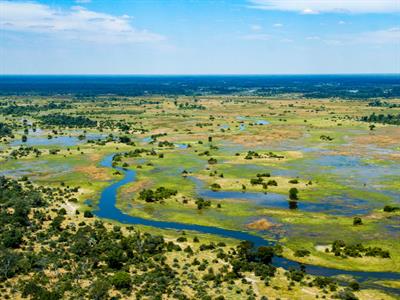
PUMPA - SMART LEARNING
எங்கள் ஆசிரியர்களுடன் 1-ஆன்-1 ஆலோசனை நேரத்தைப் பெறுங்கள். டாப்பர் ஆவதற்கு நாங்கள் பயிற்சி அளிப்போம்
Book Free DemoAlluvial fan:
A triangle-shaped deposition of gravel, sand, and even smaller pieces of sediment, such as silt, is called an alluvial fan. It occurs when the river enters a plain or the foot-hills.

Flood plain: It is the flat land of the river valley close to the river banks and is usually found in the lower course of a river. It is a fertile area of land used for agriculture and growing crops. They are fine sediments deposited on river banks during river floods. These sediments make the region rich and fertile.

Levee: A levee is a natural or artificially raised banks that block water from going where it is not intended to. Natural leeves are formed due to the continuous deposition of a flooded river.
Estuaries are water bodies found where rivers meet the sea. Deposition of silt is not possible here in the estuaries like delta as the waves keep on eroding the deposits. Ex. River Narmada and Tapti.

Delta: When the river approaches the sea, the velocity of the river becomes remarkably slow that it begins to deposit its load. Each distributary forms its own mouth. This results in the formation of a fan-shaped area of sediment built up at the mouth of a river with the collection of sediments from all the mouths to form the Delta. Deltas are highly productive and populated lands. With its abundant minerals, it favours cultivation.
Cauvery delta, Ganges delta, Mississippi delta, Godavari Delta, Mahnadi Delta, Krishna river Delta
Cauvery delta, Ganges delta, Mississippi delta, Godavari Delta, Mahnadi Delta, Krishna river Delta
.

Delta
(Δ) is a Greek letter pronounced delta, which closely resembles the triangular delta of the river Nile. The Ganga-Brahmaputra delta is the largest delta in the world.
The world’s best-known geyser is the Old Faithful geyser in the Yellowstone National Park in Wyoming, U.S.A.